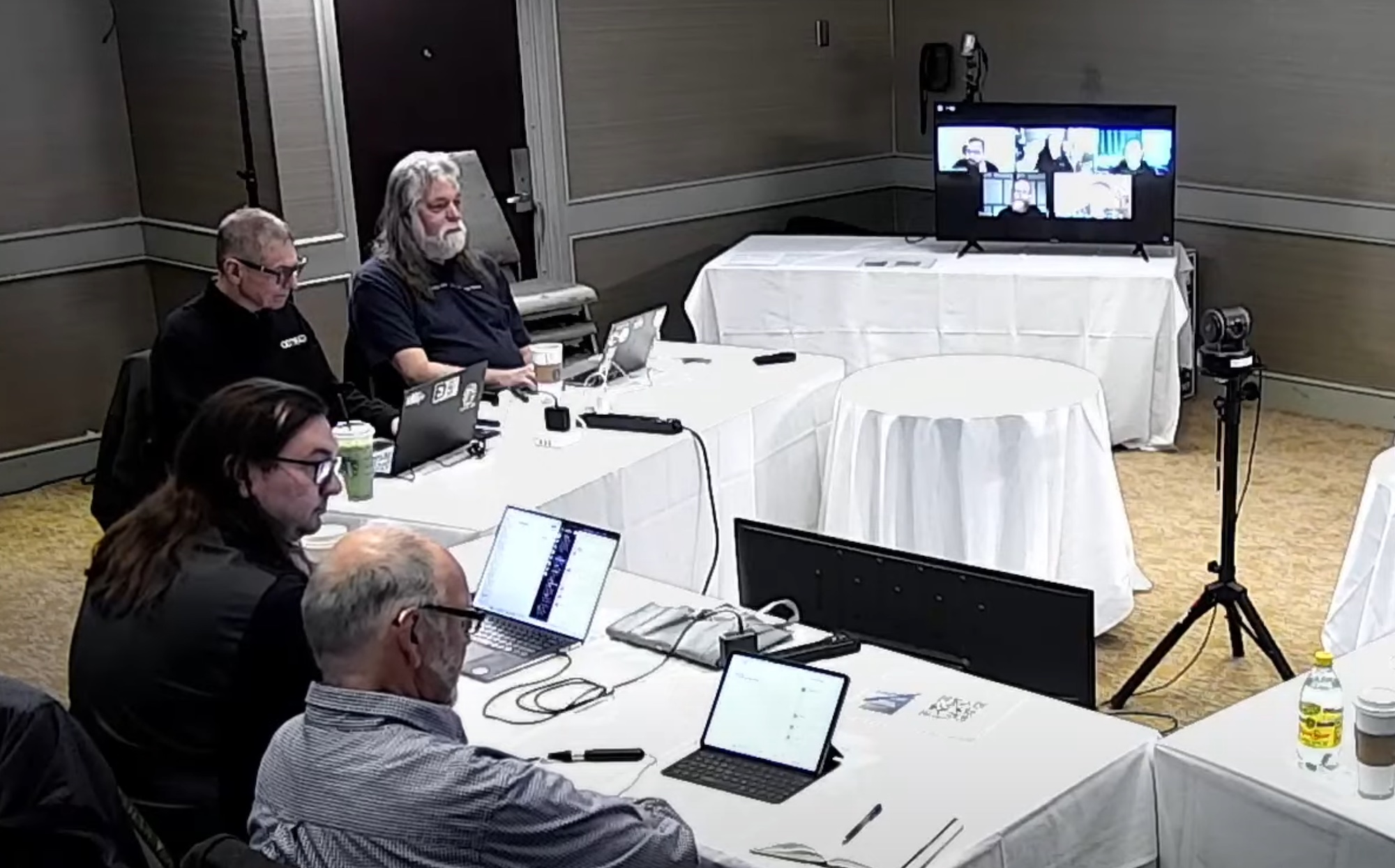
The great battle of enterprise storage is on!
The time has come to take sides on the core question of storage for virtual servers: Do you want storage intelligence to live in the hypervisor or the array? Most administrators are already lining up on one side or the other, unintentionally casting their vote while the rest flounder. But the storage industry must wake up and embrace the divide.
Hypervisor Huggers Unite!
VMware’s vSphere dominates the world of enterprise server virtualization and has become the core element of the modern open systems datacenter. Microsoft recognizes this but has been unable to field a competitive hypervisor ecosystem for the virtual datacenter. Today, vSphere is the state of the art and nowhere is this more apparent than in storage.
In just a few years, VMware has delivered and updated a host of advanced storage functionality, from provisioning to migration and load balancing to backup and data protection. vSphere 5 includes an advanced and scalable storage virtualization layer, delivering everything a datacenter needs. VMFS sculpts basic block storage into a shared resource for virtual machines, with snapshots, policy-based layout and movement, and flexible allocation and thin provisioning.
Most VMware administrators are “server guys” and relish these features. They have never experienced an automated “storage service” like this, and the enterprise storage world has never been able to construct anything remotely as flexible, user-friendly, and functional. And Hypervisor Huggers don’t need complex enterprise storage arrays to do it: They can use basic iSCSI or Fibre Channel devices to provide performance and capacity and let VMware do the rest!
Storage DRS is exemplary of the new virtual datacenter world. Introduced in vSphere 5 (and restricted to the pricey Enterprise Plus license), Storage DRS uses the core technology of Storage vMotion to dynamically balance I/O and capacity across a diverse pool of storage. Storage DRS even uses Policy-Driven Storage and VASA to enforce tiered storage and data placement strategy. This kind of virtualization has been a “holy grail” quest for the enterprise storage industry, but they’ve never delivered on their promises.
Cheers for Storage Stalwarts!
But not every IT environment wants be 100% vSphere focused, and many aren’t convinced that dumb storage is the smartest place for their data. These Storage Stalwarts want smarter and better-integrated storage arrays, and VMware is innovating here as well.
VMware’s Storage APIs for Array Integration (VAAI) technology is squarely aimed at this market. VAAI allows vSphere to hand off heavy storage operations to the high-end storage arrays from the major players. It works transparently, too, coordinating cloning without the kind of scripting and hair-pulling that used to require. VAAI in vSphere 4.1 also includes block zeroing support and something called “atomic test and set” which we’ll get to in a moment. Microsoft announced their own cloning integration, ODX, but it won’t ship until Windows Server 8 appears sometime next year.
But cloning is just the tip of the iceberg when it comes to Hypervisor-to-array integration. The rising army of NAS users have seen the glory of more-complete array integration for a while, and they’re not quiet about it. They love that VMware’s NFS protocol support makes storage “disappear” in vCenter, becoming just another resource with integrated thin provisioning and flexible allocation and movement.
VMware is moving aggressively to please their Storage Stalwarts, adding more VAAI support for block and file in vSphere 5. But, as the company laid out at VMworld 2011, neither access method is ideal for virtual servers. So VMware has been pushing the enterprise array vendors for ever-greater integration. They see a future where a VAAI-based protocol enables arrays to de-multiplex I/O streams from the hypervisor and intelligently handle per-VM data.
Stephen’s Stance
You can spot a Hypervisor Hugger by their big LUNs: They would rather treat storage as a bulk commodity, and array vendors should be lining up to get their business. Storage Stalwarts will jump on each new VMware innovation, finally making use of the capabilities they have spent over a decade paying for but not utilizing. The only untenable stance is trying to keep a foot in both worlds: It’s foolish to buy an enterprise array and use it as bulk storage!






